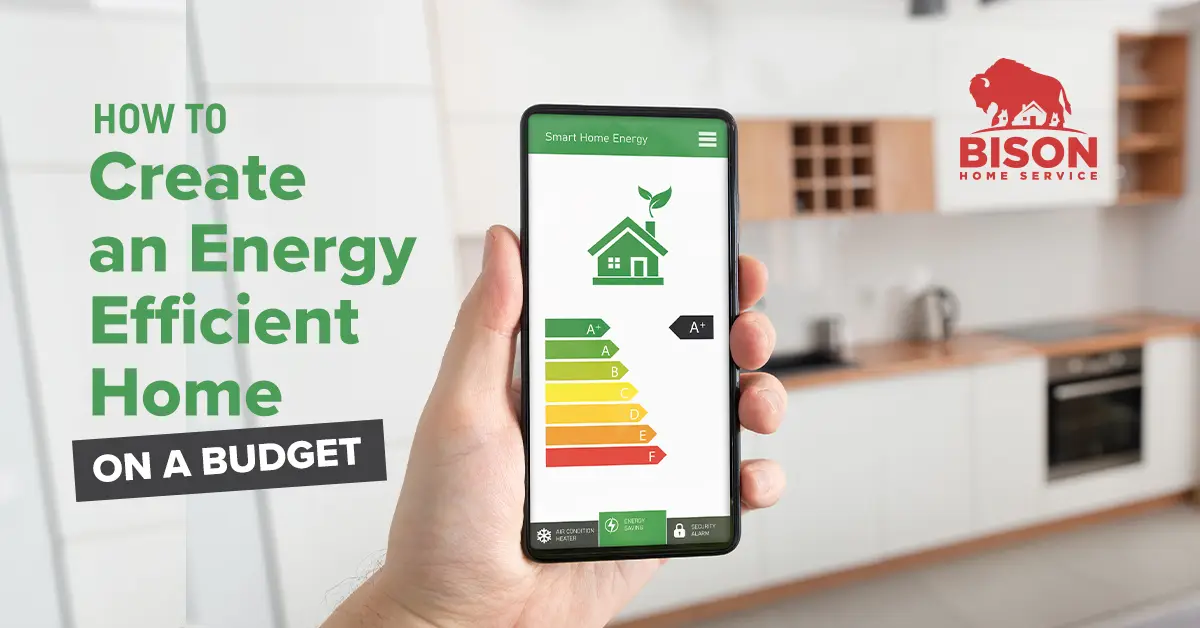Creating an energy-efficient home not only helps to reduce your carbon footprint but also lowers your utility bills and saves you money. If you’re looking to improve your home’s energy efficiency without breaking the bank, you’re in the right place. This guide offers budget-friendly tips and solutions to help you make your home more energy-efficient.
Assess Your Home’s Current Energy Usage
Before diving into energy-saving tips, it’s essential to understand your current energy consumption. Review your energy bills and identify areas where you can make improvements to reduce energy usage.
Budget-Friendly Tips for Improving Home Energy Efficiency
1. Lighting
- Switching to LED bulbs: LED bulbs are more energy-efficient and last longer than traditional incandescent bulbs.
- Bring in sunlight: Utilize natural light from windows and skylights during daylight hours to reduce the use of artificial lights.
- Installing motion sensor lights: Efficiently use lighting only when needed, reducing energy waste.
2. Heating and Cooling
- Setting programmable thermostats: Adjust temperatures for optimal heating and cooling when you’re at home or away.
- Servicing your air conditioner: Routine AC maintenance, such as cleaning or replacing air filters, can improve efficiency by up to 15%.
- Open windows: Take advantage of cross-wise breezes for natural cooling, especially during mild spring temperatures.
- Use ceiling fans: Allow for a higher thermostat setting while maintaining comfort by using ceiling fans to circulate air. Need ceiling fans installed in your home? At Bison Home Service, we would be happy to help with ceiling fan installation.
3. Appliances and Electronics
- Choosing energy-efficient appliances: Look for ENERGY STAR-rated appliances when shopping for new ones.
- Unplugging electronics when not in use: Even when turned off, electronics can consume standby power.
- Using power strips: Use power strips to easily turn off multiple devices at once, preventing phantom energy use.
4. Cooking and Home Activities
- Cook outside: Use an outdoor grill on warmer days to avoid heating up your home with indoor ovens.
- Switch on bathroom fans: Remove heat and humidity from your home, improving overall comfort.
5. Window Treatments
- Install energy-efficient window treatments: Blinds, shades, and films can reduce heat gain, keeping your home cooler and reducing energy costs.
6. Water Conservation
- Installing low-flow fixtures: Reduce water usage without sacrificing performance.
- Fixing leaks promptly: A leaky faucet can waste a significant amount of water and energy.
- Using cold water for laundry: Washing clothes in cold water can save energy and help preserve fabric quality.
- Installing an energy-efficient water heater: Get hot water quicker and reduce the amount of water wasted while waiting for the cold water in the pipeline to run out. An energy-efficient water heater will not have to run for extended periods to deliver hot water, resulting in both water and energy savings. Learn how to replace a water heater!
7. Smart Home Upgrades
- Investing in smart power strips: Monitor and control your energy usage remotely.
- Using smart thermostats: Optimize heating and cooling schedules for energy savings.
- Exploring energy-monitoring apps: Track your energy usage in real-time and identify areas for improvement.
DIY Energy-Saving Projects on a Budget
- Weatherstripping windows and doors: Seal gaps to prevent drafts and improve insulation.
- Installing door sweeps: Keep cold air out and warm air in during colder months.
- Adding insulation to attics and crawl spaces: Improve your home’s thermal efficiency and reduce heating and cooling costs.
Government and Utility Rebates and Incentives
Take advantage of available rebates, incentives, and tax credits for energy-efficient upgrades to further reduce costs.
Conclusion
Improving your home’s energy efficiency doesn’t have to be expensive. By implementing these budget-friendly tips and solutions, you can create a more comfortable and sustainable living environment while saving money on your utility bills.






